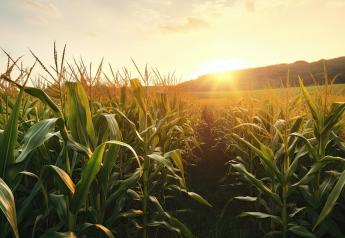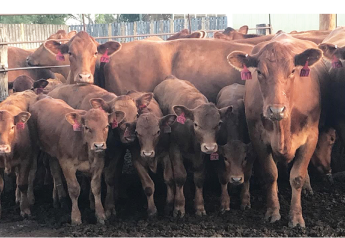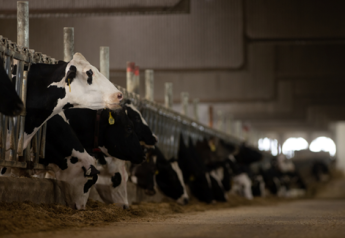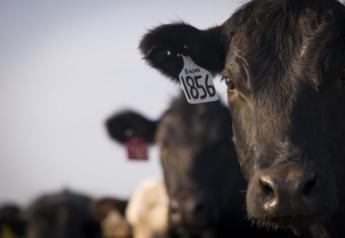Progressive Leadership Earns Five Rivers Cattle Feeding the 2022 BQA Feedyard Award
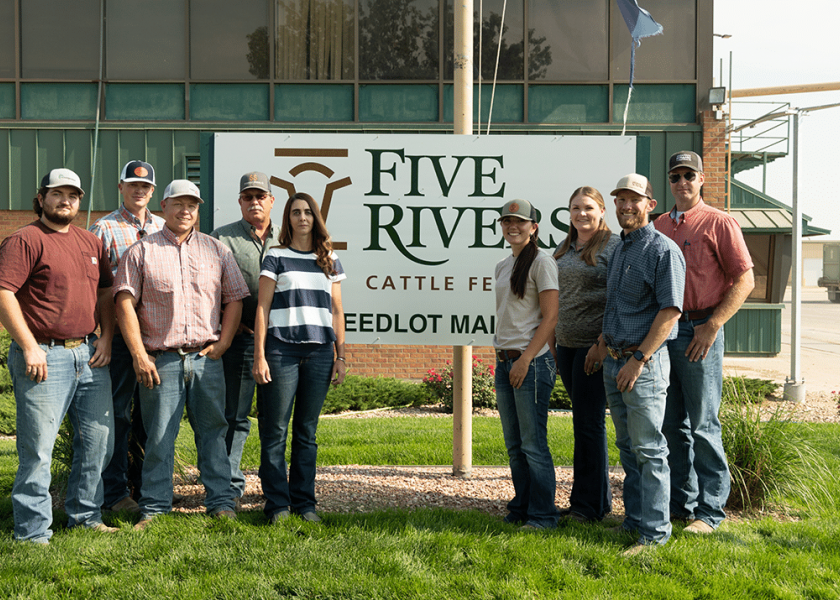
As the world’s largest cattle feeder with 11 yards in six states, Five Rivers Cattle Feeding recognizes the importance of being a leader and an advocate for the beef industry, and that couldn't be more true for Five Rivers Cattle Feeding – Kuner Feedlot, the 2022 BQA Feedyard Award recipient.
Located in Kersey, Colorado, Kuner has a one-time feeding capacity of 100,000 head and houses Five Rivers’ natural cattle program. BQA serves as the backbone of cattle management at Kuner Feedlot. As one of the country's largest and most visible cattle feeding operations, Kuner Feedlot understands that it has a responsibility to represent the beef industry’s foundational management program to a broad audience.
"BQA and animal welfare have always been the core of our business,” said Tanner Pickett Kuner’s general manager. “That’s the reason we are here and it’s our sole responsibility – from the day cattle arrive to the day they ship, making sure they have the best environment possible.”
From the basics of training employees on the significance of health management to opening its doors to a variety of research to help improve cattle comfort, efficiency, and other quality features, BQA principles are the core of daily operations. The feedlot even underwent a facility redesign in 2011 with the help of Dr. Temple Grandin, Bud Williams and other industry leaders, making it the state-of-the-art facility it is today.
“Low-stress animal handling is of the utmost importance here. It’s what is best for the employees and animals.” Pickett said. “The facility redesign ensures low-stress and easy flow through the buildings.”
One unique feature of Kuner is that it is home to the only Five Rivers natural program. These cattle come from across the U.S. and are enrolled in source and age verification, Non-Hormone Treated Cattle (NHTC), and verified natural programs, which have been a large draw for tours and consumer interest. Each year, Kuner opens its doors to around 1000 people per year, hosting more than 100 feedlot tours.
“The biggest takeaway people typically have after touring our facility is learning just how happy the cattle are here,” said Kim Rounds, Kuner’s specialty beef program manager. "People are pleasantly surprised on the quality of care and quality of life cattle have here.”
During these tours, the Kuner team explains the BQA program and its guidelines. "We can explain to the public that there is a compassion part of these guidelines, but there's also a science behind why we want to handle and care for the animals as much as possible,” Rounds said.
As a progressive leader for the industry, the team is never done advocating, educating, training and searching for ways to be better. "Here, we have compassion for animals and a passion for the cattle industry,” Pickett said.




